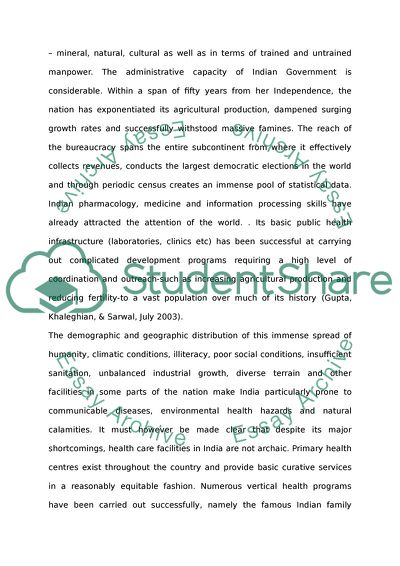Cite this document
(“Public health Essay Example | Topics and Well Written Essays - 2500 words”, n.d.)
Retrieved from https://studentshare.org/miscellaneous/1557348-public-health
Retrieved from https://studentshare.org/miscellaneous/1557348-public-health
(Public Health Essay Example | Topics and Well Written Essays - 2500 Words)
https://studentshare.org/miscellaneous/1557348-public-health.
https://studentshare.org/miscellaneous/1557348-public-health.
“Public Health Essay Example | Topics and Well Written Essays - 2500 Words”, n.d. https://studentshare.org/miscellaneous/1557348-public-health.


